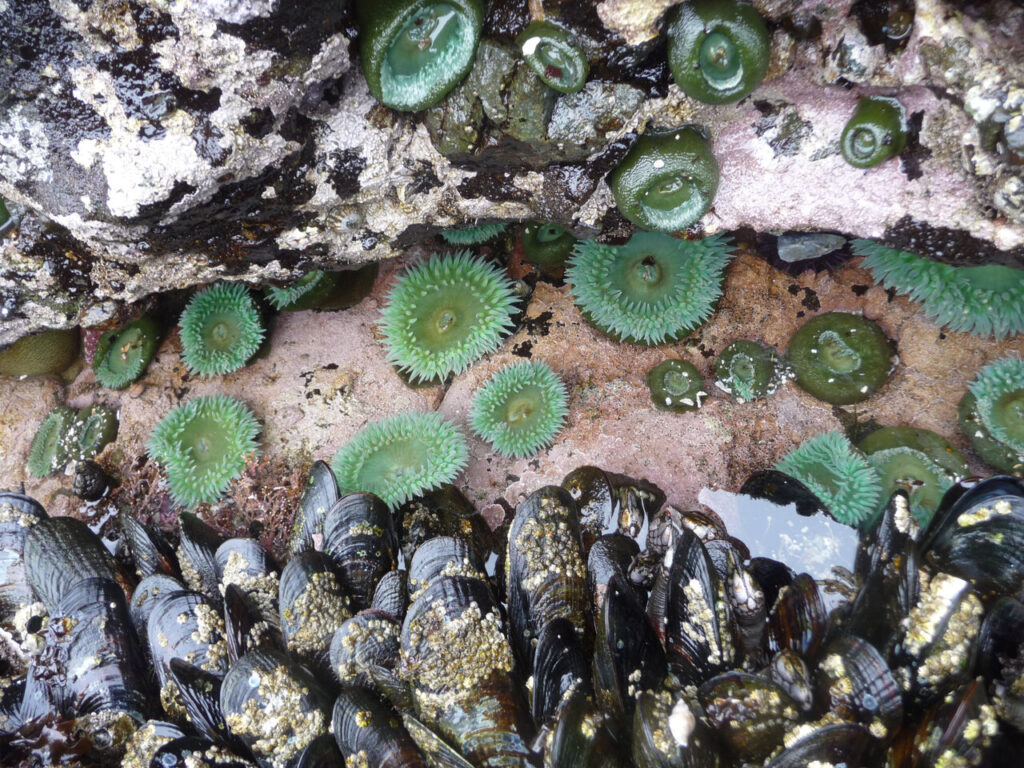How is climate change impacting shellfish in the ocean?
Posted
Last Updated
Carbon dioxide is great at finding hiding places.
One favorite hiding place? Trees. In fact, the world’s forests soak up about a quarter of all human emissions of CO2.
But there’s another hiding spot that’s less obvious: the ocean.
Every year, the ocean is estimated to absorb about as much CO2 as all the world’s forests do. It may seem like a lucky break for humanity – the more the ocean can absorb, the less CO2 remains in the atmosphere to drive the greenhouse effect that’s behind climate change.
But nothing in nature is ever free. Just ask the indigenous tribes that dot the Pacific Coast in Washington State. For people like Janine Ledford of the Makah Tribe, the ocean is just a walk or bike ride away, and the whispers of rushing waves reverberate wherever she goes. Multiple times a year, Janine and her son walk the short distance to gather shellfish along the shores of their reservation. If they’re hungry for clams, they go to the sandy beaches. If they’re after gooseneck barnacles or mussels, they head for the salt-splashed rocks.
“These are traditional foods that we’ve harvested for generations and generations,” Janine says, noting that gathering seafood on the Makah reservation is restricted to Makah tribal members. She steams the barnacles, and boils the crabs, and often goes next-door to share the meal with her aunt. “Some people dip them in butter, but they taste really good plain.”
“These are traditional foods that we’ve harvested for generations and generations,” Janine says, noting that gathering seafood on the Makah reservation is restricted to Makah tribal members. She steams the barnacles, and boils the crabs, and often goes next-door to share the meal with her aunt. “Some people dip them in butter, but they taste really good plain.”
“It’s a multi-stressor problem,” says Joe Schumacker, a marine scientist with the Quinault Indian Nation further down the coast. “We have multiple issues: warmer waters, less oxygen in the water, and now combining that with ocean acidification is a triple whammy. If we get a perfect storm of bad events, that can wipe out an entire shellfish population. That’s when we’ll really feel this.”
Continue reading at earth.jpl.nasa.gov.

